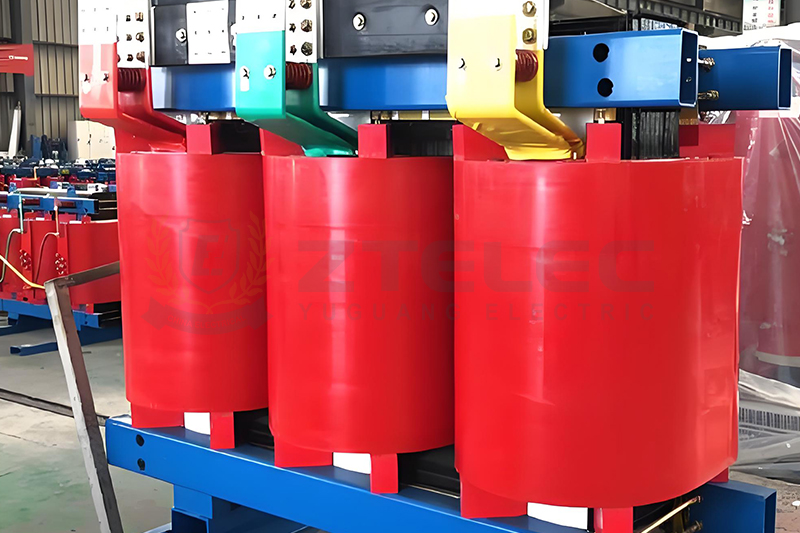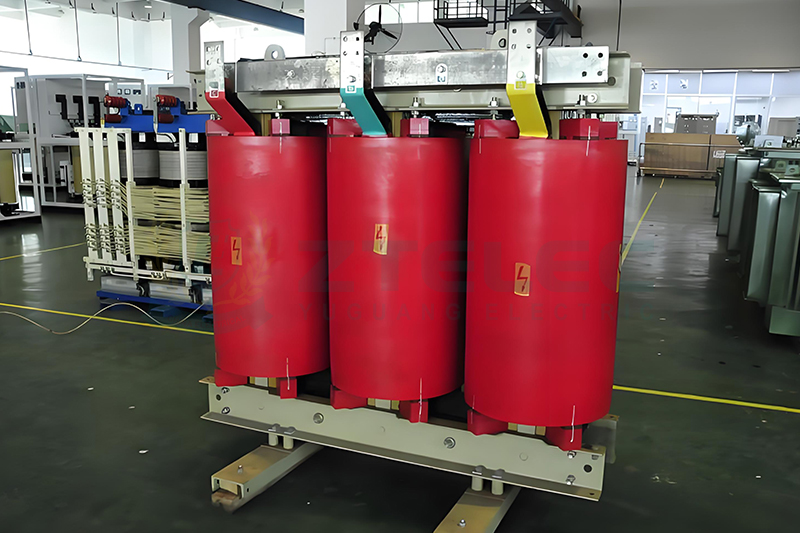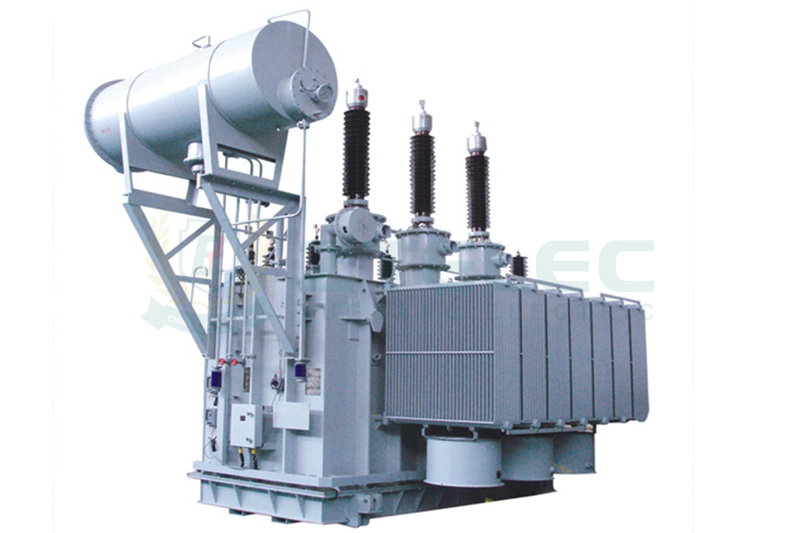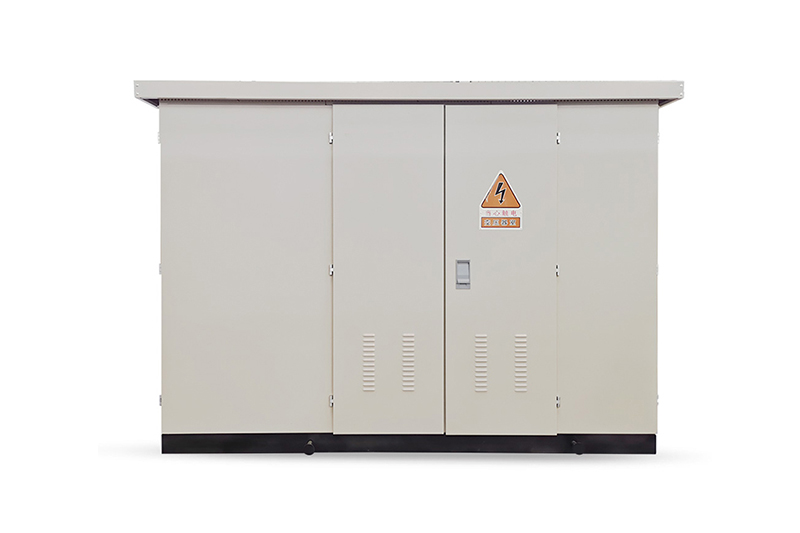Measured Analysis and Safety Evaluation of F1 Flame Retardant Grade of Epoxy Resin Cast Dry-Type Transformer
Time:2025-10-24 Auther:ZTelec-www.ztelectransformer.com
With increasing requirements for safety and reliability in modern power distribution systems, epoxy resin cast dry-type transformers have become the preferred choice for commercial buildings, hospitals, data centers, schools, and high-rise complexes. Their inherent advantages—fire protection, explosion-proof design, and maintenance-free operation—make them ideal for high-demand environments. Among their technical features, the F1 flame retardant grade is the key indicator for assessing fire safety performance. But what does F1 really mean? What do actual test results reveal? How much safety can it ensure for your project? This article provides a detailed explanation of the F1 flame retardant classification, supported by real test data and safety evaluations.

What Is the F1 Flame Retardant Grade?
The F1 flame retardant classification is defined in the IEC 60076-11 “Dry-Type Power Transformer” standard issued by the International Electrotechnical Commission. This standard categorizes fire protection performance into three levels: F0, F1, and F2.
F0 Class: No specific fire protection requirements. Transformers at this level may continue to burn during testing, with no limitation on flame spread.
F1 Class: Medium-level flame retardancy. After removal of the external ignition source, the transformer’s flame must self-extinguish within the specified time, and any burning drips must not ignite test materials placed below.
F2 Class: High flame resistance. Even under internal fault arcs, the flame must not spread outside the transformer enclosure, providing the highest level of protection.
In essence, F1-grade transformers exhibit “non-combustible” and “self-extinguishing” characteristics. This means that even when exposed to an external fire or internal overheating, they will not intensify the fire, effectively preventing flame propagation and minimizing fire spread risk.
Measured Analysis of F1 Flame Retardant Grade
1. Test Procedure
To verify compliance with the F1 grade, the transformer is subjected to rigorous combustion tests conducted by accredited testing laboratories. The typical process includes:
✦ Extracting a representative epoxy resin cast winding section as a test sample.
✦ Applying a controlled flame from a standardized needle burner at a defined temperature and angle for a set duration (e.g., 30 seconds).
✦ Recording and observing: (a) time to self-extinguish after the ignition source is removed, (b) whether flaming drips occur and if they ignite the silk paper below, and (c) duration of sustained burning.
2. Test Results
High-quality epoxy resin cast dry-type transformers demonstrate exceptional performance in combustion tests:
Excellent self-extinguishing ability: Epoxy resin forms a cross-linked molecular network that does not melt under heat. When exposed to fire, it forms a stable carbonized layer that isolates oxygen and extinguishes flames quickly after ignition stops.
No dripping or secondary ignition: Unlike thermoplastics, epoxy resin does not produce molten drips when burned, preventing ignition of surrounding materials and equipment.
Low smoke and non-toxic emissions: Modern epoxy resin formulas include flame retardants and smoke suppressants that greatly reduce smoke density and toxic gas release compared to traditional materials.
Conclusion: Empirical test data confirm that epoxy resin cast transformers, when produced under optimized formulation and strict process control, fully meet or exceed F1 flame retardant grade standards.

Safety Evaluation: Why Choose an F1-Class Epoxy Resin Cast Dry-Type Transformer?
Based on measured analysis, the F1 class delivers clear safety advantages in multiple aspects of building and electrical design.
1. Enhanced fire safety for buildings: Integrating F1 transformers during the design phase significantly improves the overall fire protection level of critical power areas and meets fire code compliance, ensuring smooth approval during safety inspections.
2. Reduced fire spread risk: Due to their self-extinguishing characteristics, F1 transformers help contain electrical fires. Even if nearby equipment ignites, the transformer can resist flame intrusion and prevent escalation.
3. Adaptability for high-demand facilities: For data centers, hospitals, metro systems, and commercial complexes with strict safety and reliability needs, F1-grade transformers provide essential protection for both human life and valuable assets.
4. Safer operation and maintenance: Compared with F0-level units, F1 transformers significantly reduce the risk of secondary damage caused by smoke or toxic gas emissions, ensuring a safer maintenance environment for personnel.
5. Long-term economic benefits: Although the initial cost is slightly higher, the reduction in potential fire losses, improved operational safety, and maintenance-free nature of epoxy resin cast transformers make them highly cost-effective over their full service life.
F1 Is a Proven Safety Standard, Not a Marketing Label
The F1 flame retardant rating of epoxy resin cast dry-type transformers is an internationally verified safety standard, not a marketing term. Comprehensive test data demonstrate that these transformers possess excellent self-extinguishing and fire-containment capabilities. In an era where safety and reliability are paramount, choosing an F1-grade epoxy resin cast dry-type transformer ensures both power system stability and the protection of life and property.




